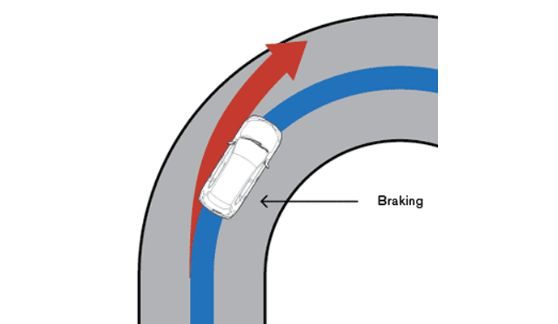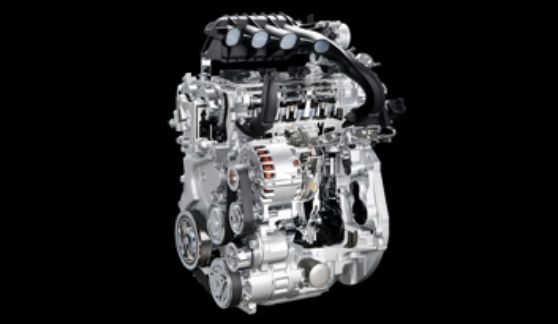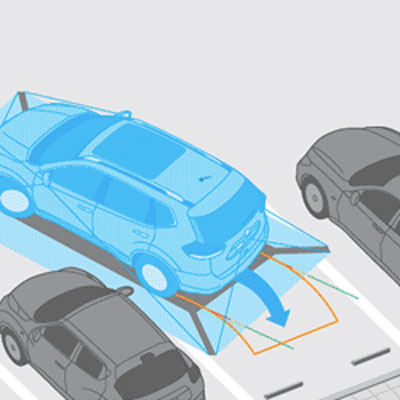XTRONIC CVT
Latest CVT enhances environmental and driving performance
A continuously variable transmission (CVT) is designed to provide a smooth journey by seamlessly shifting through an infinite range of gear ratios to best match driving conditions. In the early years of development, Nissan saw the benefits of the technology, including ultra-smooth acceleration and low fuel consumption, and began mass application in a range of vehicles.
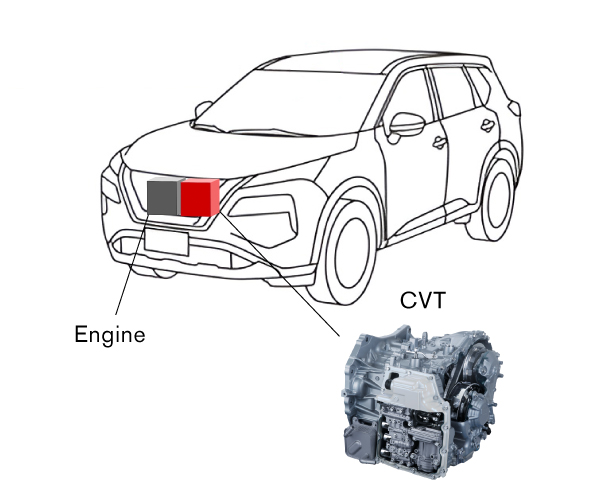
Technology Functionality
Unlike manual transmissions (MT) or automatic transmissions (AT), a CVT selects the most suitable transmission gear ratio without a traditional gear shift using adjustable pulleys. Through this method, it offers a smooth, shift-less feeling when accelerating or decelerating. The CVT’s “stepless” design also allows the vehicle’s engine to operate at the most efficient rpm speed for optimal fuel economy.
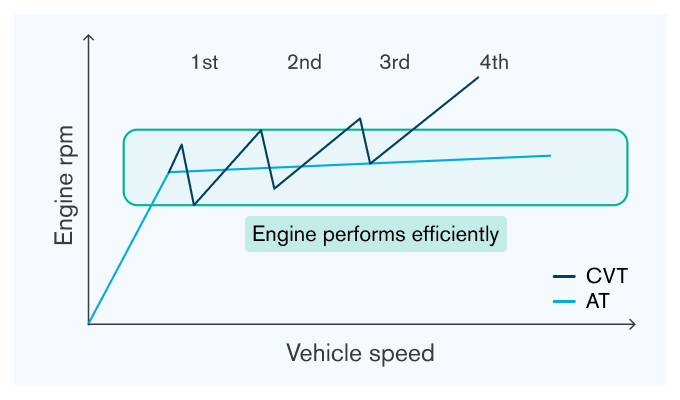
CVT technology
A CVT provides a smooth and shiftless drive by adjusting the width of two pulleys, changing the arc radius of the steel belt running between them to control the gear ratio.
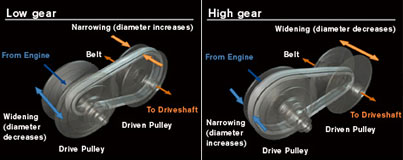
During low-speed driving, the arc radius of the belt on the engine shaft pulley narrows for responsive take-offs. This is comparable to when MT vehicles are in first or second gear. During higher speed driving, the arc radius of the belt on the drive pulley widens, giving a comparable drive to MT vehicles in 5th or 6th gear.
A traditional CVT shifts through gears while maintaining the engine’s most efficient rpm and promoting optimal fuel consumption. The tradeoff of a CVT is a lower operating efficiency when compared to a typical AT.
The latest advancements of Nissan’s XTRONIC CVT is designed to address this by reducing wear on critical components like the oil pump that’s used for controlling the steel belt and pulley. This helps to improve overall energy efficiency and lower fuel consumption.
| Engine efficiency | Transmission efficiency | |
|---|---|---|
| AT | × | ◎ |
| Traditional CVT | ◎ | × |
| XTRONIC CVT | ◎ | 〇 |


